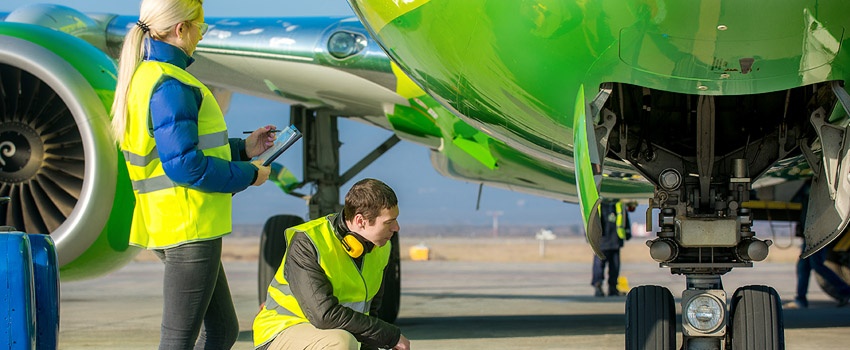Airline organisations, no matter how small or large. hold a great variety of complex, structured documents and data, which can make the task of managing them difficult and often overwhelming. However, when it comes to the auditing process, an airline must be able to provide to Regulators a true record of changes made to specific OEM and operational manuals. These recorded activities must be relevant to the airline’s respective quality management system and are normally linked to that airline’s quality objectives.
The documents themselves need to be:
- In a usable, accessible and reliable format (AMC1 ORO.MLR.100 (b))
- Quality controlled
- Regularly reviewed
- Revised and improved as required
What Auditors Look For in Documentation
To help you better prepare for audits, we’ve provided some of the requirements an auditor will seek answers for, which you can have ready - making the process for both your airline and the auditor much smoother. Here are some of the things that an auditor will look for:
- Does the document management system adhere to relevant standards?
- Is there consistency in the document’s naming conventions, look and feel, numbering and formatting?
- Do the recorded procedures describe the activities accurately?
- Is the documentation controlled and by whom?
- Are all employees informed of processes and procedures?
- Who has access to which documents?
- When was the last time a document was revised?
- Are the procedures followed by all employees?
- What evidence is there that procedures are being adhered to?
A good document management system should be able to help you ensure that you are meeting auditor requirements, such as being able to demonstrate dated and time-stamped information against document revisions. As another example, DocuNet, for instance, is able to clearly show which users in the system have access to certain documents and its formatting conventions ensure that the documents under management meet the requirements set forth by auditors.
The more information you can prepare and have ready in advance of your audit, the more you will be able to demonstrate your airline’s organisational efficiency and compliance - and if you have a document management system that can help you achieve that, it will be a big bonus.
Compliance is Key
Compliance is paramount in the running of day-to-day operations for an airline, ensuring that you are able to provide efficient and safe practices for your employees as well as helping to provide a safe and quality service to passengers. An important part of this is ensuring that effective and up-to-date technology is deployed to manage processes such as document management. As document management plays an important role in an airline’s ability to operate, in many cases, an airline will turn to their in-house team to manage documents. However, due to the complex nature of the workload, in-house teams can often struggle and processes become inefficient, resulting in them missing audit deadlines and lagging behind on other operational duties.
Using a managed solution, on the other hand, can help reduce the stress for employees as well as improve the efficiency of an airline’s document management processes. Vistair’s document management solution, DocuNet, for example, is a partnered solution where our document management experts work alongside our clients in order to manage and publish their documentation to a high standard and meet deadlines - ultimately helping our clients to make regulatory compliance and audits easier to prepare for and achieve.
See the benefits of how using a partnered document management system can help with your airline’s compliance, including speed of delivery, time and costs savings and more. Download our free guide today.
